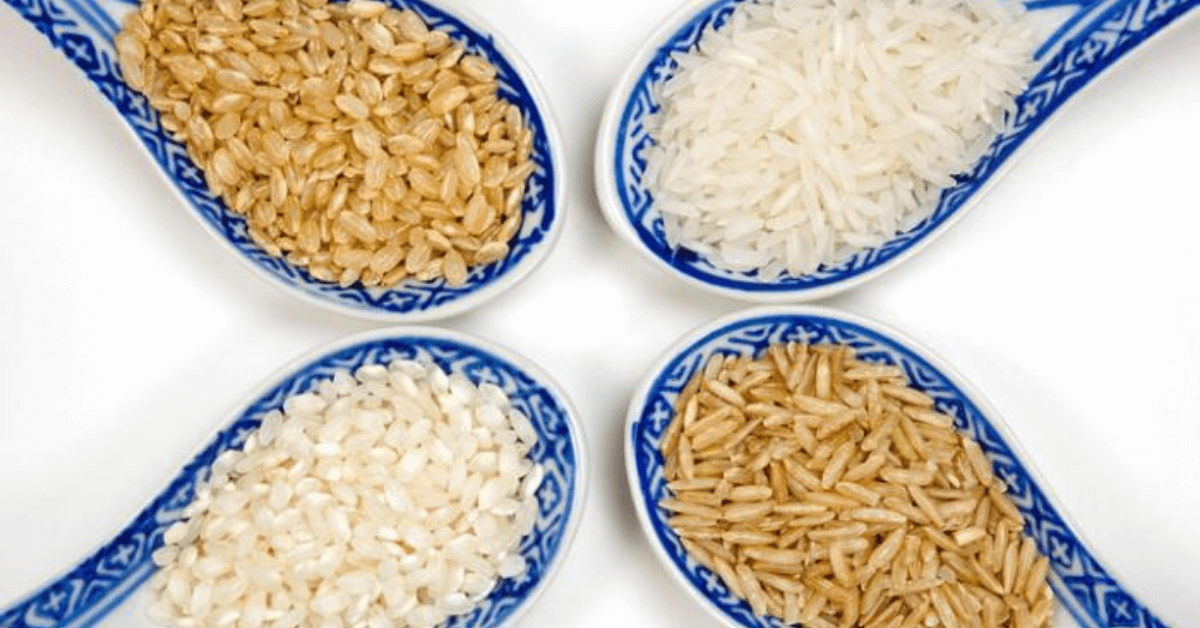Healthy Eating
It used to be that eating healthy meant eating lots of brown rice. No more. Since 2006 it’s been well established that rice, especially brown rice, has high levels of dangerous inorganic arsenic that is a carcinogen and type-2 diabetes promoter. Knowledge is power but this knowledge was a bummer.
So where do we go from here. Do different rice’s from different parts of the world have more or less arsenic? Yes. And how we cook the rice makes a difference, too.
Which Rice
Comparison of rice and arsenic levels. Levels of arsenic in rice vary depending on where the rice was grown and how much arsenic contamination there is in the surrounding soil and water. According to Consumer Report Testing from November 2014, when rice’s from around the world were tested, Texas rice had the highest level of arsenic of all. I live in the center of this state. Ugh. When I was at the Environmental Medical Conference put on by Dr. Walter Crinnion in January of this year, his maps showed Texas had higher toxicants of every single kind. So our rice is not exempt.
All types of rice (except sushi and quick cooking) with labels indicating they are from Arkansas, Louisiana, or Texas or just from the US, had, according to Consumer Reports, the highest levels of inorganic arsenic. Rice’s from California were better. California grown rice has 38 percent less inorganic arsenic than white rice’s from any other parts of the US.
Brown rice has more arsenic than white rice as the arsenic stores in outer bran more than the mid section. So white rice has less arsenic than brown. Brown rice has 80 percent more inorganic arsenic on average than the same type of white rice.
Brown rice has more nutrients, and black rice has even more. So don’t give rice up completely or totally switch to white rice. Just consume rice moderately (4½ servings per week for adults; children could have 2¾ servings) and this dosage seems, according to experts, to be in amounts in which we can process any arsenic we are exposed to. Hmmm. This may need more research.
What rice’s have the least amount of arsenic? Brown basmati from California, India, or Pakistan have a third less inorganic arsenic than other brown rice’s. Organic rice is not safer. Rice that’s grown organically takes up arsenic the same way conventional rice does.
I couldn’t find how much arsenic black rice has but wild rice has the same amount so it’s probably the same.
Grains lower in arsenic. The gluten-free grains amaranth, buckwheat, millet, and polenta or grits have negligible levels of inorganic arsenic. Bulgur, barley, and farro, which contain gluten, also have very little arsenic. Quinoa (also gluten-free), has average inorganic arsenic levels comparable to those of other alternative grains. But varied a lot depending on the samples. Ugh. But quinoa arsenic levels were still much lower than any of the levels found in all rice.
Cooking Rice
Cooking affects arsenic content. You can remove about half the arsenic in your rice by rinsing well before cooking, then cooking one part rice to six parts water until the rice reaches eating texture, then pour off the extra water and some of the arsenic goes with it. Whew! Food is great but you have to know all these details to really extract the best greatness!.
And there you have it.

